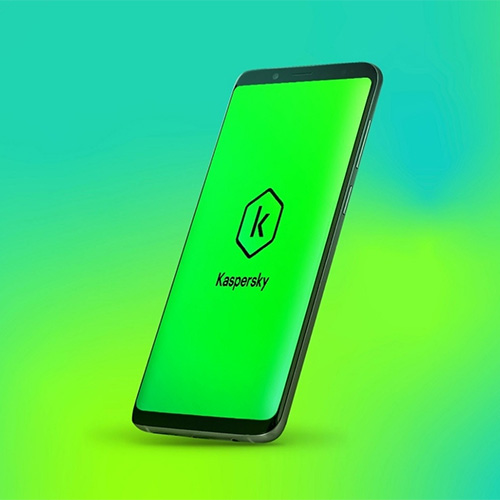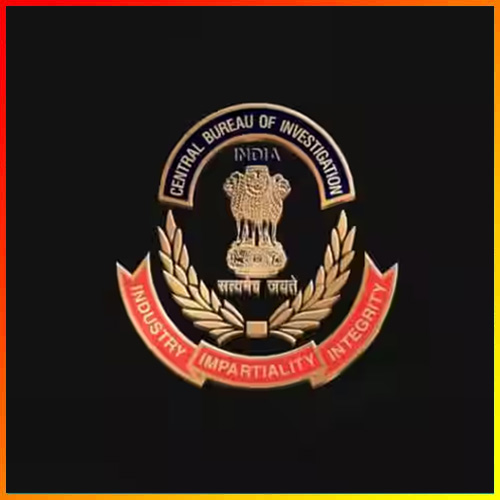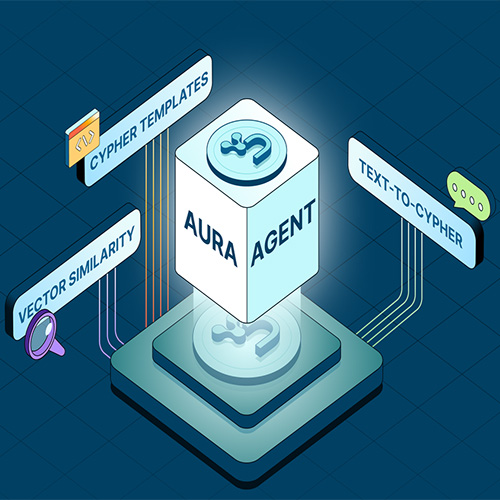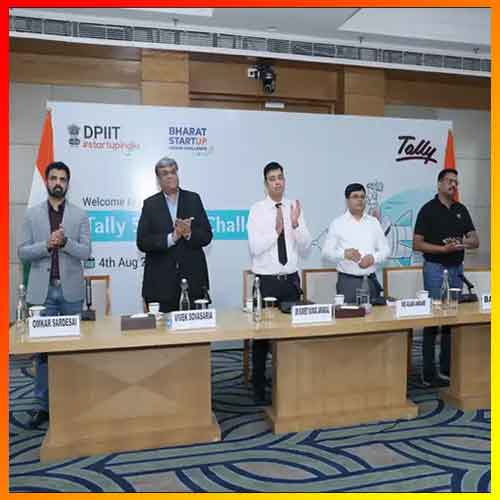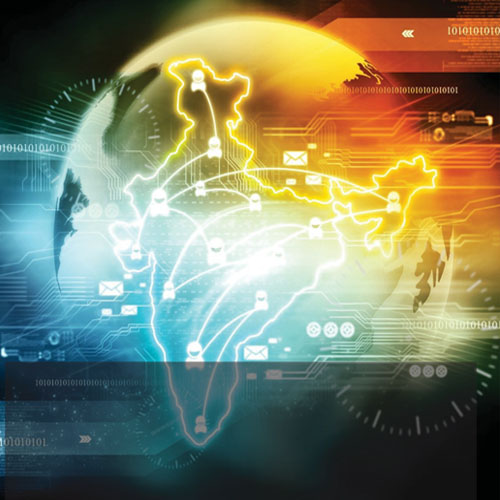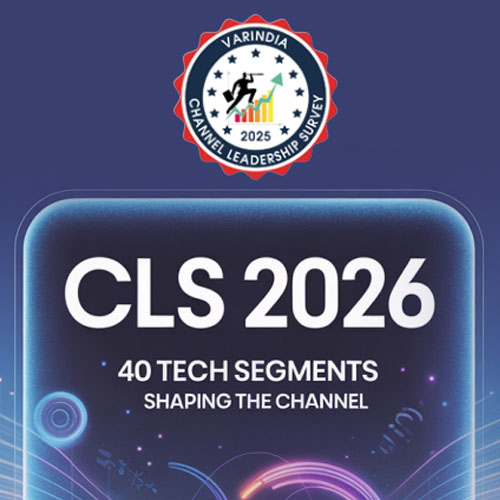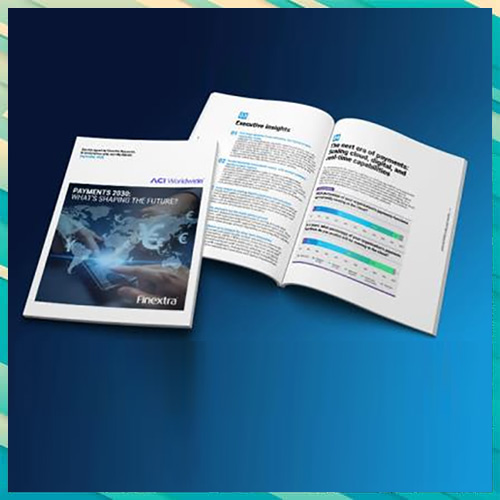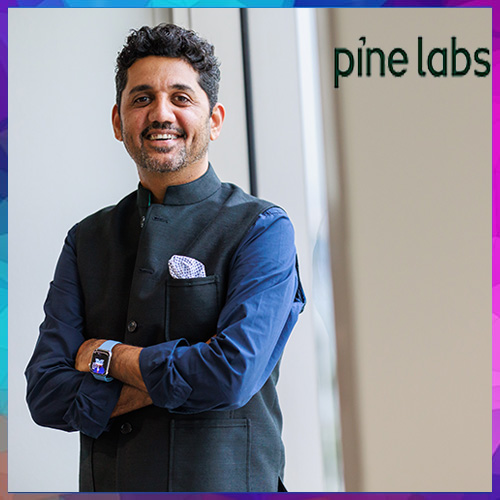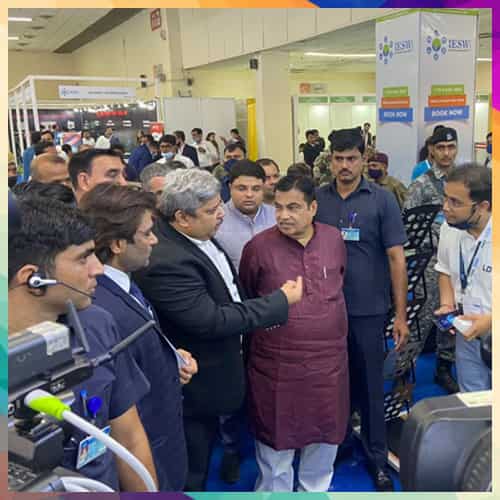
Road transport and highways minister, Nitin Gadkari has called for the development of appropriate battery storage chemistries for specific Indian conditions. He said manufacturers and developers need to consider economic and social factors, including the availability and cost of raw materials, while also stressing the need for battery standardization. Annual battery demand in India could rise to 260 GWh by 2030, said the minister.
“Lithium-ion is important battery chemistry, but it needs more research, especially considering the recent fire incidents,” he said at the 8th edition of India Energy Storage Week (IESW) 2022, which kicked off this week in New Delhi.
Vikram Handa, Managing Director of Maharashtra-based Epsilon Materials, said energy is a significant part of the battery cost structure. And India is very well positioned to develop the battery supply chain, owing to its advantage in one of the key raw materials: renewable power.
“A 30 GWh NCM li-ion factory consumes 80,000 tonnes of flake graphite, 45,000 tonnes of synthetic graphite, 25,000 tonnes of lithium, 6,000 tonnes of cobalt, and 19,000 tonnes of nickel annually. But it’s interesting to understand that the biggest contributor to the cost of a battery cell is not the raw materials, but energy,” said Handa.
Epsilon Carbon is a coal tar derivatives company that announced its foray into the lithium-ion battery materials business last year with the commissioning of a facility to produce 5000 tonnes of synthetic graphite anode materials per year. The company plans to triple this unit capacity to 15,000 tonnes in 2021 and further expand to 50,000 tonnes per annum by 2025.
Neogen, another company from Maharashtra, focuses on electrolyte salt manufacturing, customized electrolytes, and lithium ferro phosphate (LFP) cathode materials.
“With its own salt manufacturing, Neogen can increase value addition and reduce supply chain complexity for electrolyte supply,” said Harin Kanani, Managing Director of Neogen Chemicals, a company specializing in bromine-based compounds and inorganic lithium salts.
See What’s Next in Tech With the Fast Forward Newsletter
Tweets From @varindiamag
Nothing to see here - yet
When they Tweet, their Tweets will show up here.






